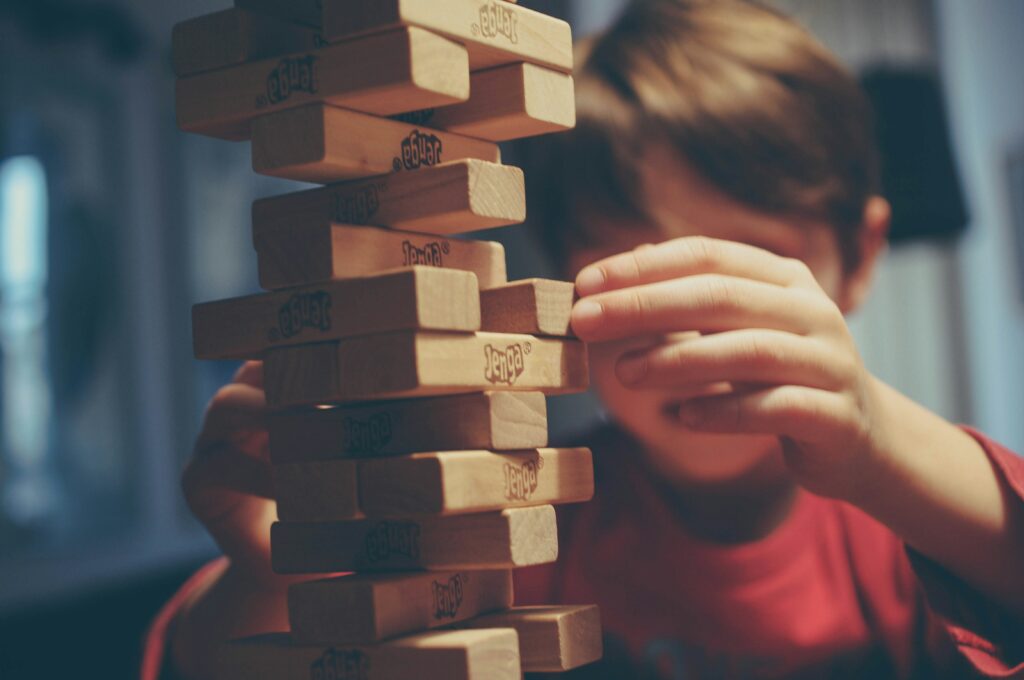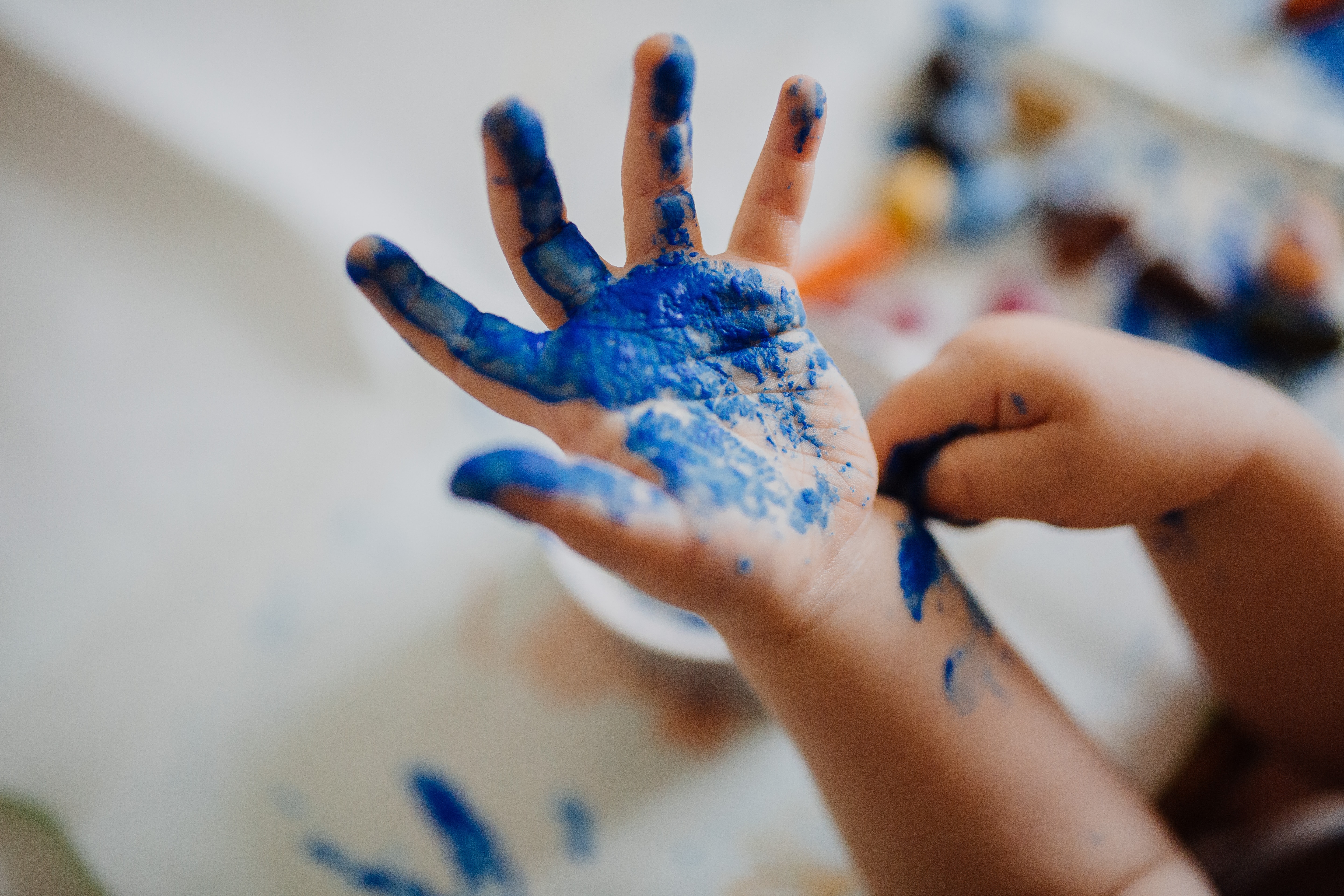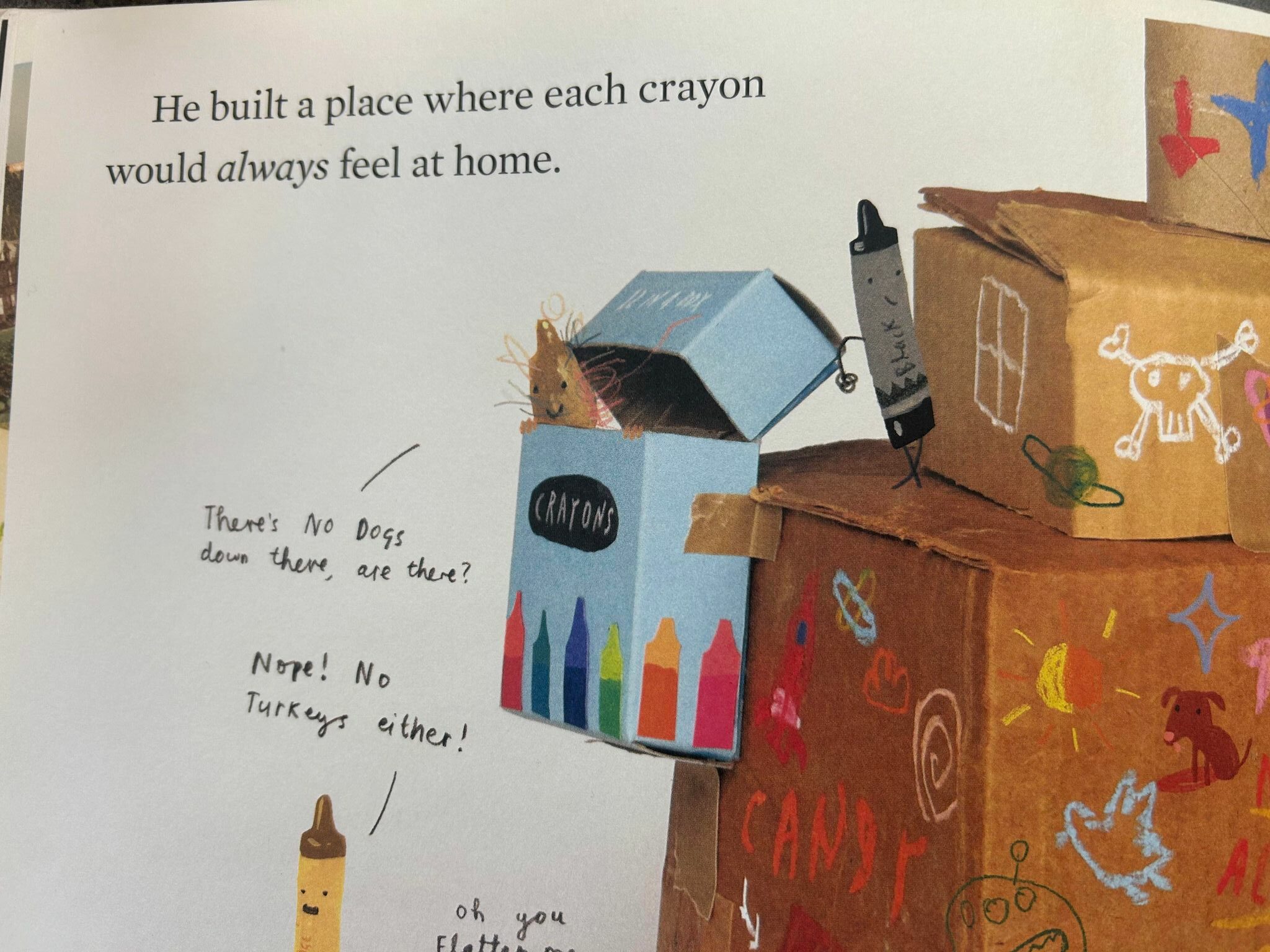I’m tired of feeling burnt out from saying “no,” all day. Although “no,” can be necessary for health and safety, it’s important to set up your space to promote a positive environment for exploration. I have begun asking myself, why I’m trying to interfere with particular behaviors. By using this mindful practice, I will begin saying yes more often. This will inspire children, create more positive choices, and allow the children more control over their daily lives. Saying yes more often also limits teacher intrusion and frustration while increasing the quality of teacher-child relationships. This act also helps enhance learning experiences, and promotes independence and self esteem.
As an educator, it’s my job to step back and evaluate what need is being met by a behavior. Do we NEED to stop this behavior? If the answer is yes, then I will provide an alternative action to the child. When we discover the NEED behind the behavior, we are more likely to find solutions that benefit the child and their peers long term.
Resource:
Elkins, A. (n.d.). Creating a yes! environment: Supporting creativity and exploration. Retrieved from https://www.naeyc.org/resources/pubs/tyc/feb2019/supporting-creativity-exploration
Think like Janga
If I think of risky play to be like a game of Janga, it helps remind me that the worst that will happen is they fall. Just like in the game, the worst that will happen is that the tower of blocks falls. If the outcome is that the child gets a bruise or a scrape, let them do it.
“Falling down is part of life.
Getting up is living.”
Jose n. Harris
Just like in Janga, if we don’t take the risk, we won’t know if the tower will fall or be sturdy, but with practice you become aware of what you are capable of.




February 7, 2024 at 1:20 pm
Risky Play = YES!
In a yes space, a child is able to use risky play to experience exciting forms of physical play that involve uncertainty and risk of injury.
Risky play promotes confidence, resilience, and good mental health. It allows children to explore their own limits. This also builds problem solving skills, while improving gross motor skills.
Risky play develops: emotional reactions, physical capabilities and coping skills that help children to manage adversity.